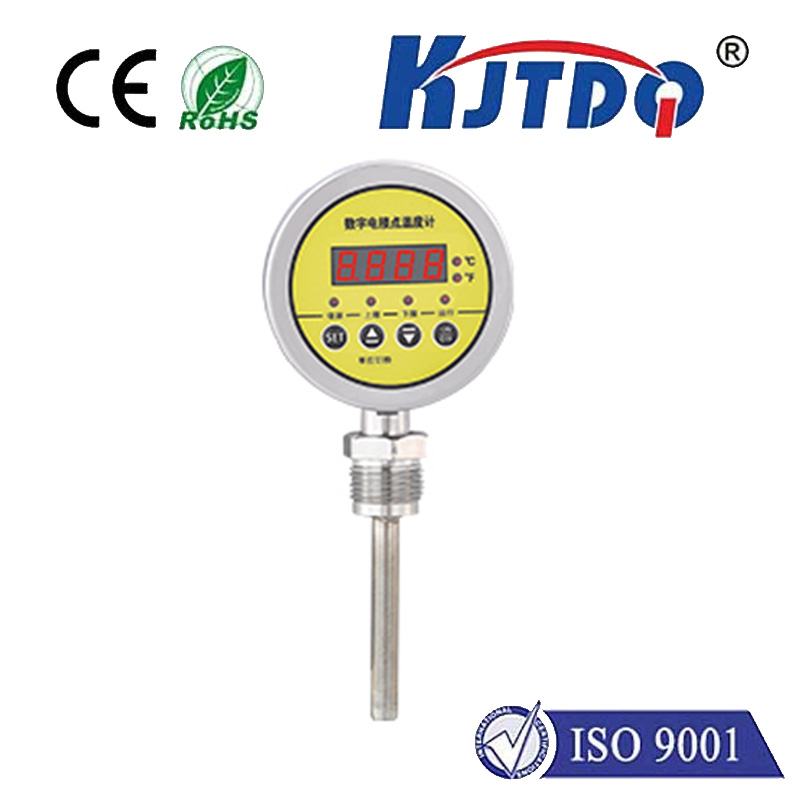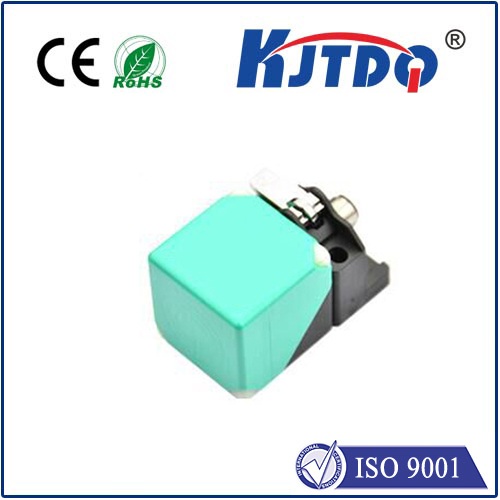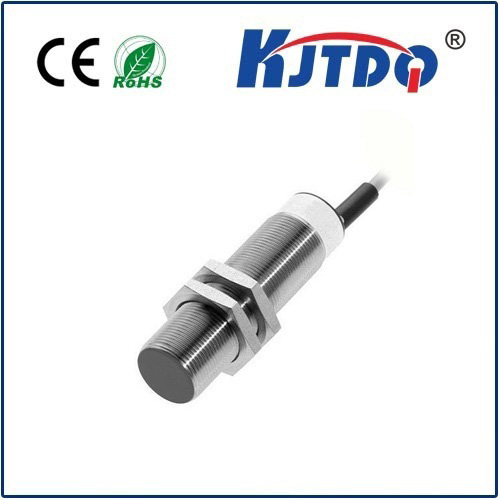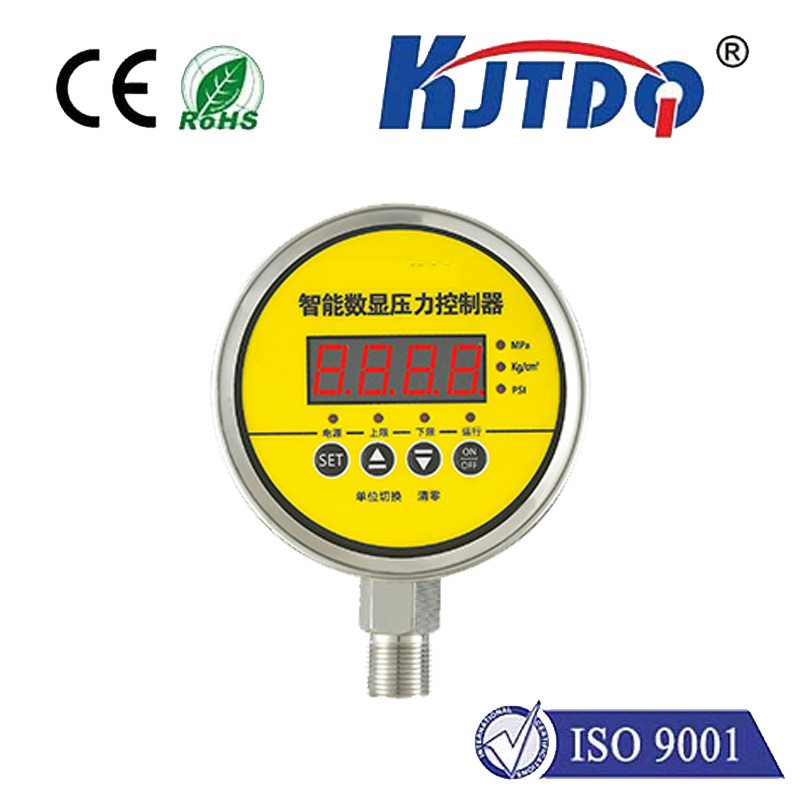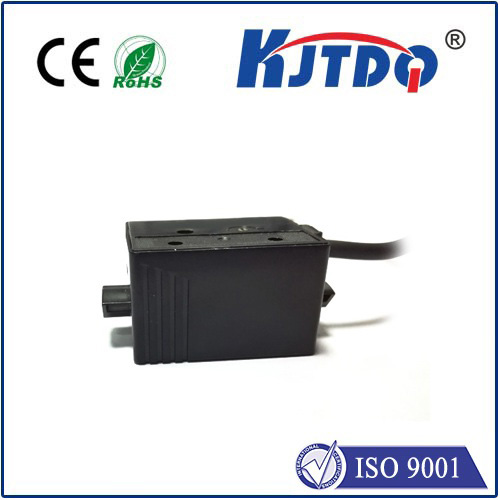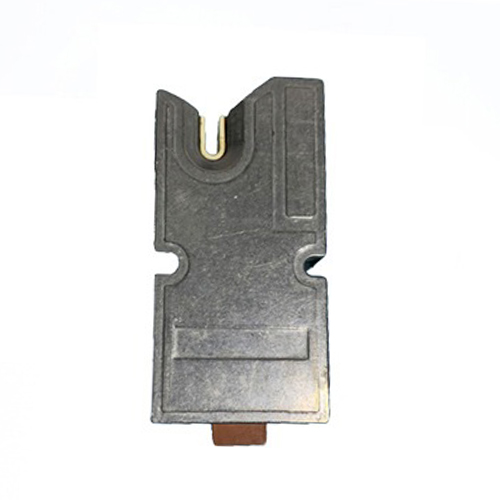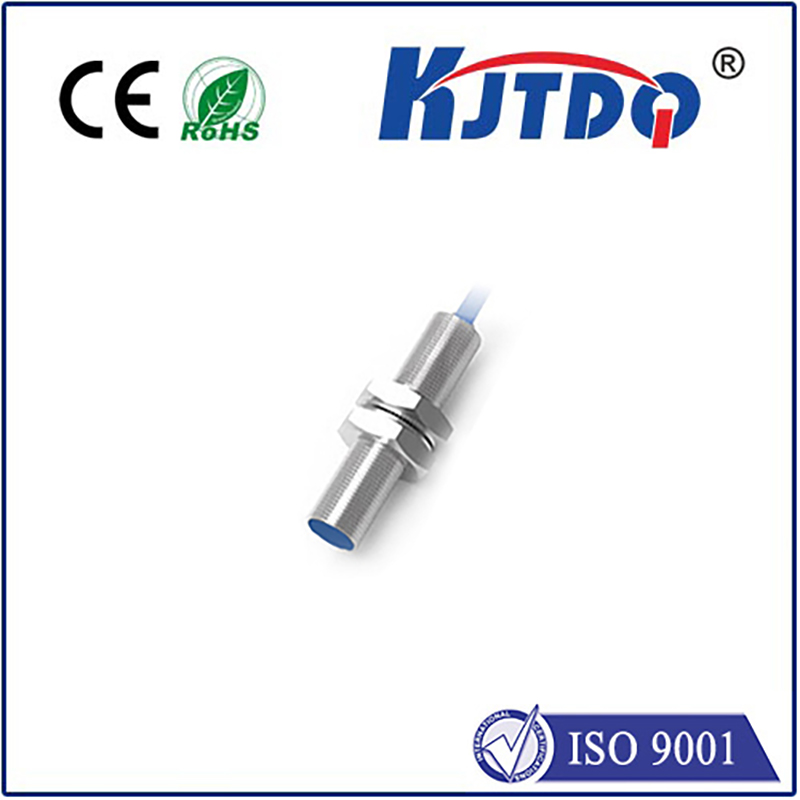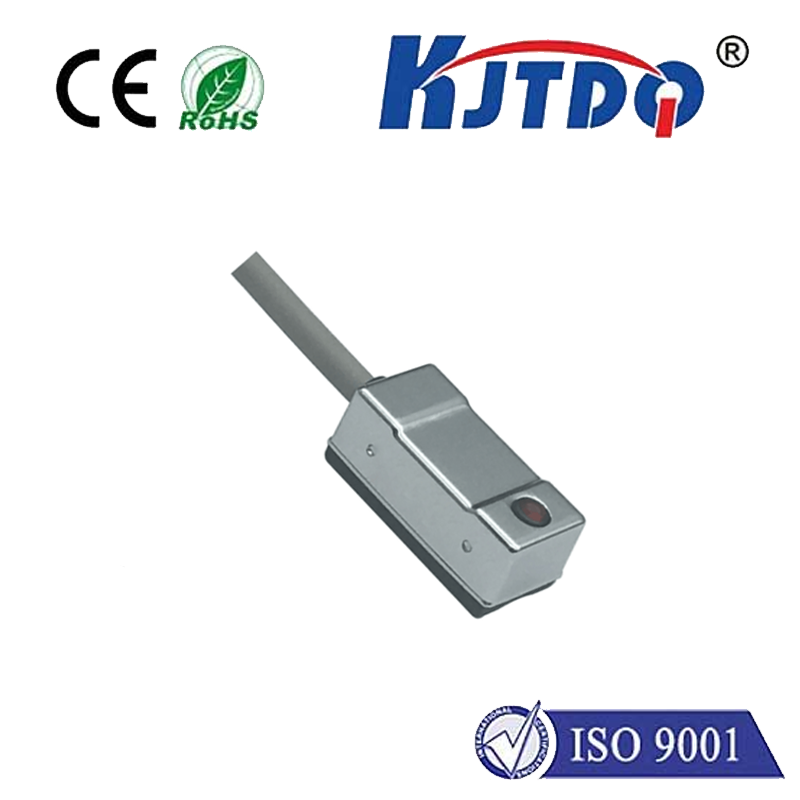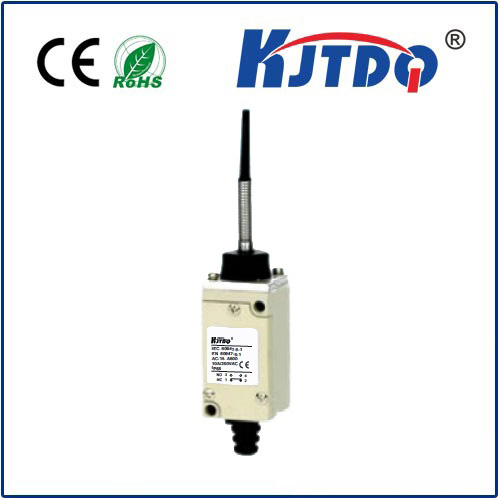

check

check

check

check

check

check

check

check

check

check
Title: Understanding the Role of a 17622 Limit Switch in Machinery
A limit switch, specifically referenced here as the '17622', plays an integral role in the functioning of various machinery and equipment. This type of switch is designed to detect the presence or absence of an object by means of mechanical contact. In this article, we will explore the importance and functionality of a 17622 limit switch.

The primary purpose of a limit switch is to control the motion and direction of machines. When integrated into a machine's system, the 17622 model can effectively manage its operations. For instance, it can halt a machine when it has reached its maximum or minimum position. This is crucial for avoiding damage and ensuring the longevity of the machinery components.
Moreover, a 17622 limit switch can also contribute to the automation process. It can trigger certain mechanisms to start or cease operation upon reaching a specific point. This makes it a valuable component in industrial automation, where precision and consistency are key factors.
In terms of safety, the use of a 17622 limit switch is paramount. It serves as a fail-safe mechanism that can protect both the machinery and the operators. For example, if an unexpected situation occurs, such as a jammed conveyor belt, the switch can signal for the machine to stop immediately.
In conclusion, the 17622 limit switch is more than just a simple component. Its ability to manage motion, contribute to automation, and ensure safety highlights its significant role in machinery operation. As technology continues to evolve, so does our need for reliable and efficient devices like the 17622 limit switch.
